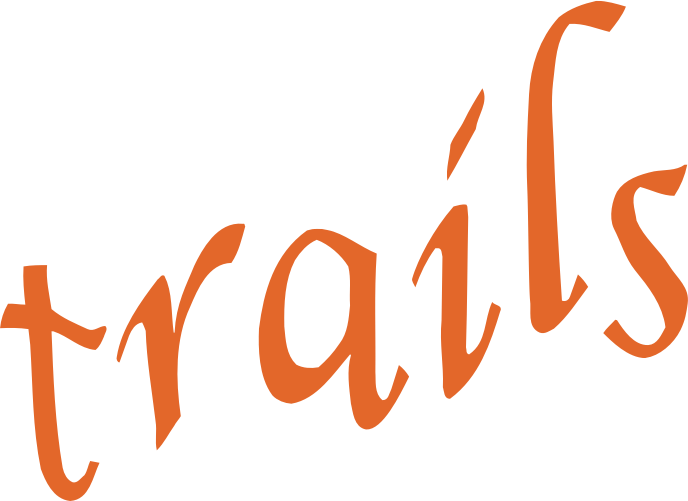-
measure Behavioral Inhibition and Activation Scale (BIS/BAS)
Study: Generation R Mode of collection: SelfAdministeredQuestionnaire Available measurements: Main Cohort Covid questionnairesThe Behavioral Inhibition and Activation Scales (BIS/BAS) measure behavioral inhibition (BIS) and behavioral activation (BAS). This instrument consists of one inhibitory factor (BIS scale) and three activational factors (BAS scales). The BIS scale includes items that refer to the anticipation of punishment. The BAS scales consist of items that refer to...Created May 3, 2023 • Updated May 3, 2023 -
measure Delay of gratification task
Study: Generation R Mode of collection: Observation Available measurements: Main Cohort 3 yearsThe Delay of Gratification task aims to measure self-regulation by presenting the child with the choice between a small reward in the short-term and a larger reward in the long-term. The classic implementation of the Delay of Gratification task is the Marshmallow experiment, in which a child is presented with one marshmallow right now and is instructed...Created May 3, 2023 • Updated May 3, 2023 -
measure Delay of gratification task
Study: Generation R Mode of collection: Observation Available measurements: Main Cohort 3 yearsThe Delay of Gratification task aims to measure self-regulation by presenting the child with the choice between a small reward in the short-term and a larger reward in the long-term. The classic implementation of the Delay of Gratification task is the Marshmallow experiment, in which a child is presented with one marshmallow right now and is instructed...Created May 3, 2023 • Updated May 3, 2023 -
measure Delay of gratification task
Study: RADAR Mode of collection: Observation Available measurements: Third Generation T2The Delay of Gratification task aims to measure self-regulation by presenting the child with the choice between a small reward in the short-term and a larger reward in the long-term. The classic implementation of the Delay of Gratification task is the Marshmallow experiment, in which a child is presented with one marshmallow right now and is instructed...Created March 28, 2023 • Updated April 4, 2023 -
measure Behavioral Inhibition and Activation Scale (BIS/BAS)
Study: RADAR Mode of collection: SelfAdministeredQuestionnaire Available measurements: Old Cohort W5 W6 W7 W8 W9
Young Cohort W1 W2 W3 W4 W5 W6The Behavioral Inhibition and Activation Scales (BIS/BAS) measure behavioral inhibition (BIS) and behavioral activation (BAS). This instrument consists of one inhibitory factor (BIS scale) and three activational factors (BAS scales). The BIS scale includes items that refer to the anticipation of punishment. The BAS scales consist of items that refer to...Created March 28, 2023 • Updated April 4, 2023 -
measure Delay of gratification task
Study: YOUth Mode of collection: Observation Available measurements: Baby and Child 3 yearsThe Delay of Gratification task aims to measure self-regulation by presenting the child with the choice between a small reward in the short-term and a larger reward in the long-term. The classic implementation of the Delay of Gratification task is the Marshmallow experiment, in which a child is presented with one marshmallow right now and is instructed...Created March 28, 2023 • Updated March 30, 2023 -
measure Infant Stop Signal Anticipation Test
Study: YOUth Mode of collection: MeasurementsAndTests Behavioral/cognitive task Available measurements: Baby and Child 6 yearsThe Stop Signal Anticipation task is adopted from Zandbelt and Vink (Vink et al., 2014, Zandbelt et al., 2008) and is also used as MRI task in YOUth child and adolescent (METC 14-617). The Stop Signal Anticipation task measures response inhibition, which is considered an important aspect of behavioral control. Children will be instructed to stop a moving...Created March 28, 2023 • Updated March 30, 2023 -
measure Brief Barrat Impulsivity Scale (Brief-BIS) and risk behavior (substance (ab)use)
Study: YOUth Mode of collection: SelfAdministeredQuestionnaire Available measurements: Child and Adolescent 9 years 12 yearsThe Barratt Impulsivity Scale (Brief-BIS), a self-report measure, is one of the most commonly used scales for the assessment of the personality construct of impulsiveness. It measures 3 theoretical subtraits, namely, attentional, motor, and non-planning impulsiveness.Created March 28, 2023 • Updated March 30, 2023 -
measure Delay Discounting - hypothetical
Study: YOUth Mode of collection: MeasurementsAndTests Behavioral/cognitive task Available measurements: Child and Adolescent 9 years 12 yearsThe Delay Discounting task is the most widely used paradigm to measure the capacity to wait for a hypothetical monetary reward in children between 8-18 years old. A child is given a series of option between a variable immediate monetary reward and 10 Euros after a certain delay. The delay of the 10 Euro reward varies between 2, 30, 180, or 365 days. Each...Created March 28, 2023 • Updated March 30, 2023 -
measure Behavioral Inhibition and Activation Scale (BIS/BAS)
Study: TRAILS Mode of collection: SelfAdministeredQuestionnaire Available measurements: Population cohort T2
Clinical cohort T2The Behavioral Inhibition and Activation Scales (BIS/BAS) measure behavioral inhibition (BIS) and behavioral activation (BAS). This instrument consists of one inhibitory factor (BIS scale) and three activational factors (BAS scales). The BIS scale includes items that refer to the anticipation of punishment. The BAS scales consist of items that refer to...Created March 28, 2023 • Updated March 28, 2023 -
measure Behavioral Inhibition and Activation Scale (BIS/BAS)
Study: L-CID Mode of collection: SelfAdministeredQuestionnaire Available measurements: Middle Childhood Cohort T3 T4 T5 T6The Behavioral Inhibition and Activation Scales (BIS/BAS) measure behavioral inhibition (BIS) and behavioral activation (BAS). This instrument consists of one inhibitory factor (BIS scale) and three activational factors (BAS scales). The BIS scale includes items that refer to the anticipation of punishment. The BAS scales consist of items that refer to...Created March 28, 2023 • Updated March 28, 2023 -
measure Delay of gratification task
Study: L-CID Mode of collection: Observation Available measurements: Early Childhood Cohort T2 T3The Delay of Gratification task aims to measure self-regulation by presenting the child with the choice between a small reward in the short-term and a larger reward in the long-term. The classic implementation of the Delay of Gratification task is the Marshmallow experiment, in which a child is presented with one marshmallow right now and is instructed...Created March 28, 2023 • Updated March 28, 2023 -
measure Stop-Signal Task - Arrows
Study: L-CID Mode of collection: MeasurementsAndTests Behavioral/cognitive task Available measurements: Early Childhood Cohort T5 T6
Middle Childhood Cohort T1 T2 T3 T4 T5The Stop-Signal Task - Arrows is aimed to measure behavioral inhibition by having the child inhibit their reaction in response to a quickly appearing signal.Created March 28, 2023 • Updated March 28, 2023 -
measure Stop-Signal Task - Cars
Study: L-CID Mode of collection: MeasurementsAndTests Behavioral/cognitive task Available measurements: Early Childhood Cohort T1 T2 T3 T4The Stop-Signal Task - Cars is aimed to measure behavioral inhibition by having the child inhibit their reaction in response to a quickly appearing signal.Created March 28, 2023 • Updated March 28, 2023





